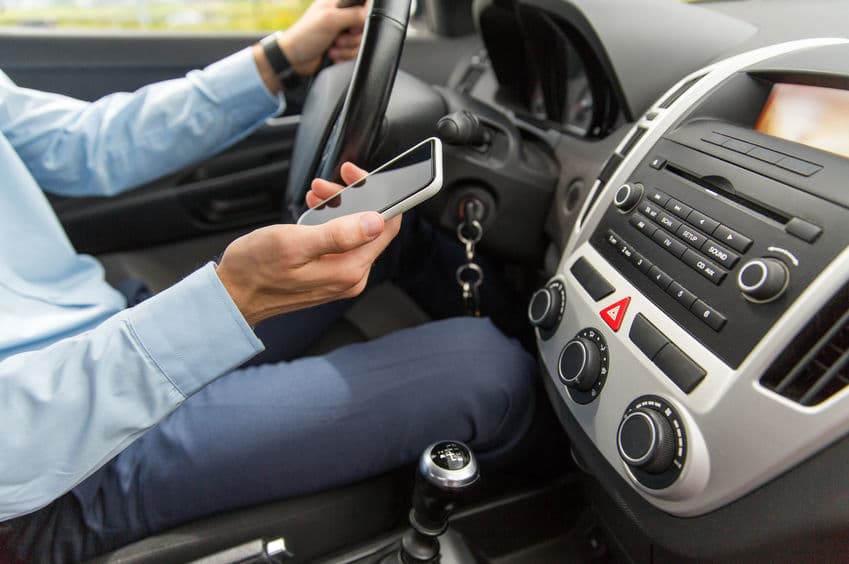When you start your own mobile phlebotomy business, setting up an effective billing system is a must. The stronger this system, the more likely it is you will get paid for all of your blood-drawing services. But what does a good mobile phlebotomy billing process look like? In short, it contains three key elements.
Comprehensive Patient Information Collection
Developing a comprehensive information collection process ensures that you have everything you need to bill the patient and/or his or her health insurance provider. In the case of the latter, it can be frustrating to have a request for reimbursement denied because you didn’t provide all of the necessary data. Not to mention that it delays your ability to get paid.
If you are billing the patient directly, you will need their payment information. The amount and type of information you’ll collect depends on the payment methods you accept. For example, if you allow patients to pay for your services via credit card, you will need to know the card type (Visa, MasterCard, Discover, etc.), the 12-digit number, and maybe even the 3-digit code on the back.
If their insurance provider is picking up the costs, your mobile phlebotomy billing process needs to involve collecting the data that these companies require when submitting for reimbursement. This generally includes the patient’s:
- Full name
- Date of birth
- Address
- Health insurance provider
- Insurance policy holder’s name and date of birth, if not their own
- Insurance policy number (including group number, if there is one)
It should be noted that not all insurance companies reimburse for a mobile blood draw. Although VeniExpress reports that COVID-19 may be changing this as some PPO policies are recognizing the value in people tending to their healthcare needs without ever leaving their home.
Identification of the Type of Blood Draw Services Needed
While you can collect service-related information at the actual blood draw, it is more beneficial to have it in advance. This ensures that you will have the supplies and equipment needed for the draw requested. It also enables you to get in and out of the patient’s home quicker because you know exactly what you need to do and don’t have to spend additional time trying to figure it out.
If the patient has access to a scanner, you may ask them to email you a copy of their bloodwork prescription or order. There are also a few apps that offer this service free of charge for people who don’t have a physical scanner. Adobe Scan is one that is easy to download and use, but there are also several others.
Payment in Advance
One of the best mobile phlebotomy billing strategies is to secure payment for your services in advance (unless the patient’s health insurance company is covering the blood draw, of course). Not only does this mean that you will get paid, but it also saves you the expense of billing each patient after the fact (as well as saving the time spent in preparing individual bills one by one).
The key to making the most of this third element work effectively is to make this policy clear to your patients when they contact you for your services. This helps avoid situations whereby you drive to the patient’s home only to find out they don’t have the payment, or that they don’t have payment via the methods you request.
If you accept payments via credit card, you can collect this information prior to the blood draw, charging the patient’s card once the appointment is complete. If you accept personal checks, it’s more likely that you’ll receive these at the actual visit. Let patients know that you will collect this check before their blood is drawn. That way, if for whatever reason they don’t have it, you’ve not provided a service that potentially goes unpaid.
Admittedly, setting up a mobile phlebotomy billing process can be a little stressful, especially if you’ve just started your business. If you want to learn more about starting your own mobile phlebotomy business, the Comprehensive Guide to Starting a Mobile Phlebotomy Company goes into greater depth.
This guide also covers a few other things important to know when starting a mobile phlebotomy business, such as choosing the best business structure and the type of equipment you need. Guides like this can take the stress out of mobile phlebotomy billing, making them more than worth the cost.

















